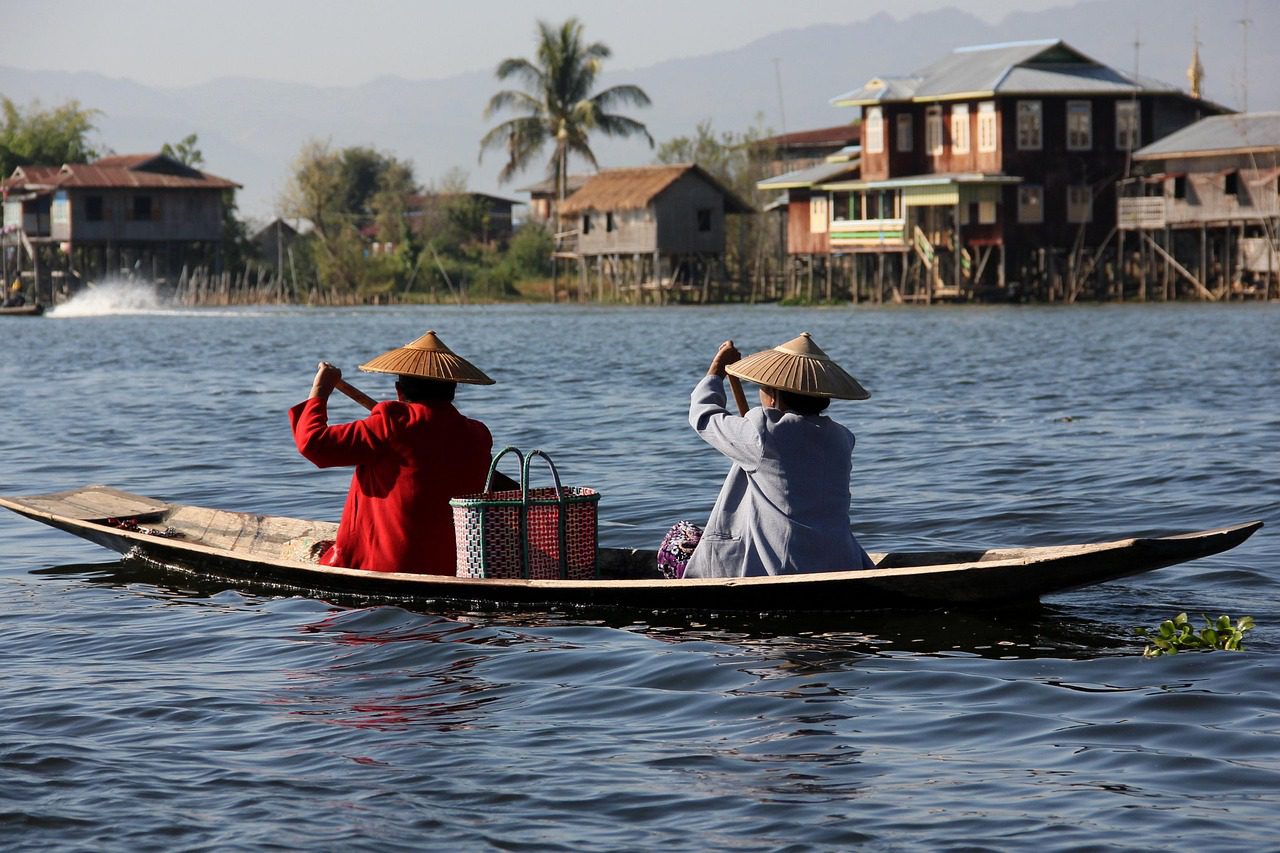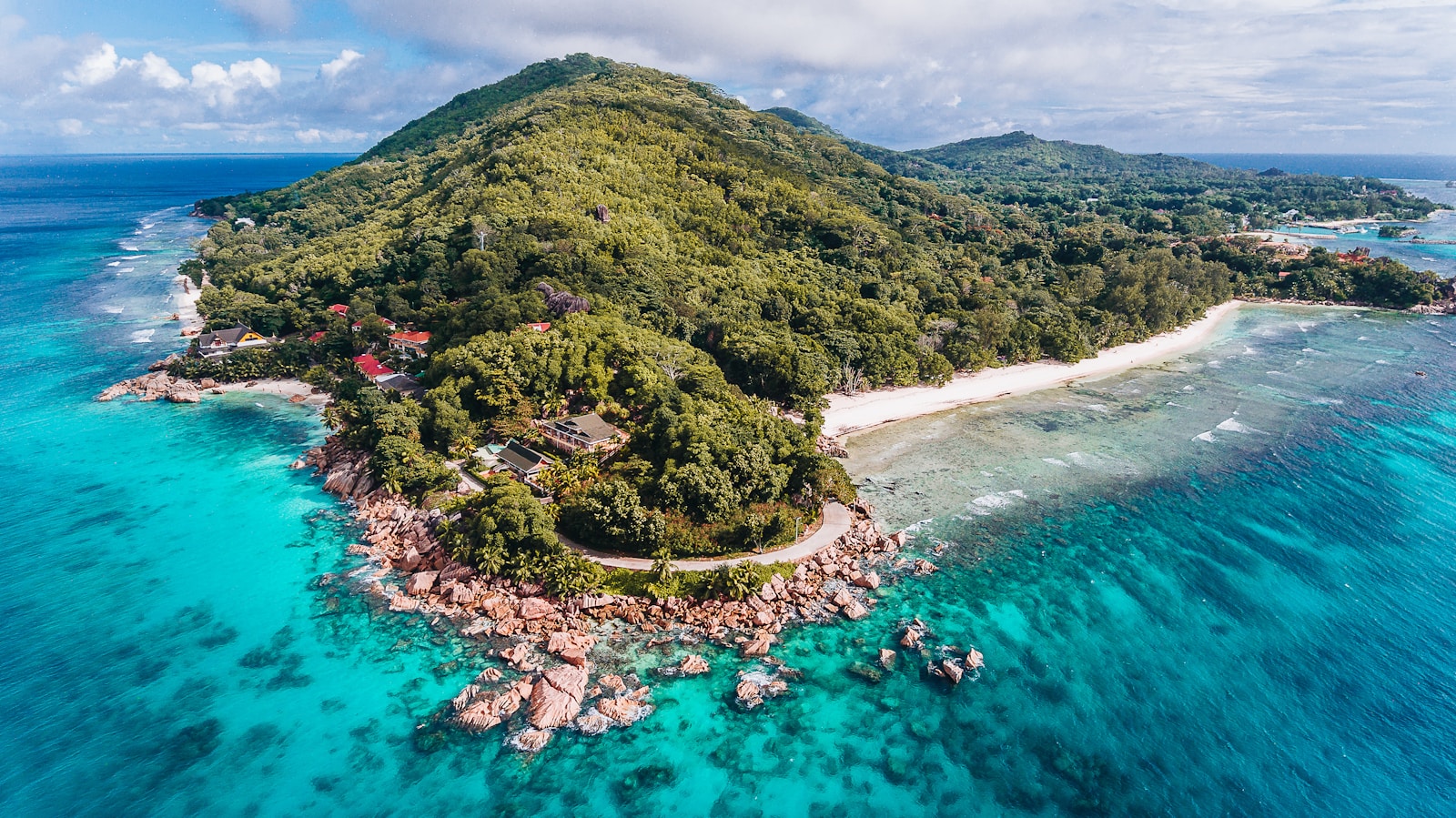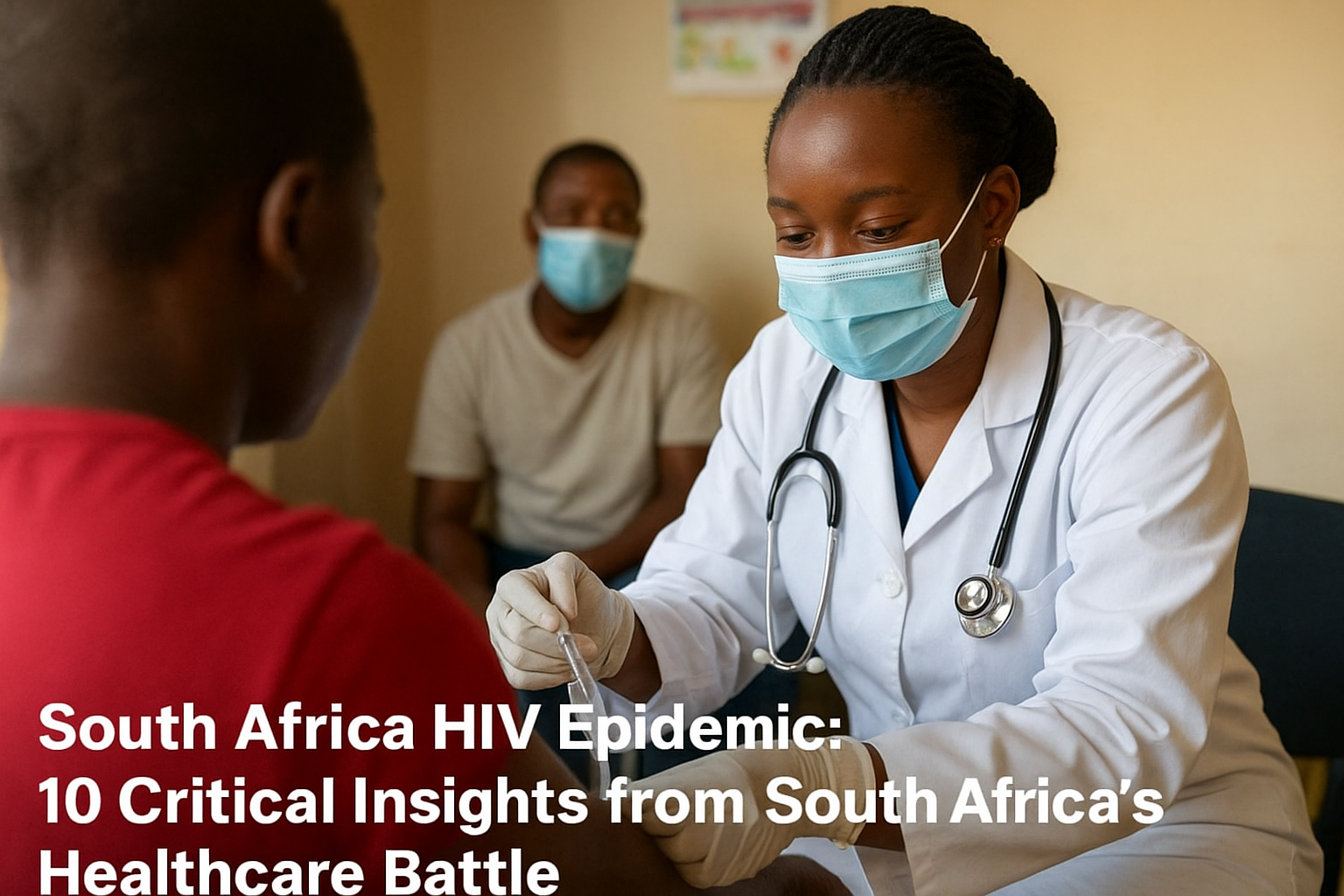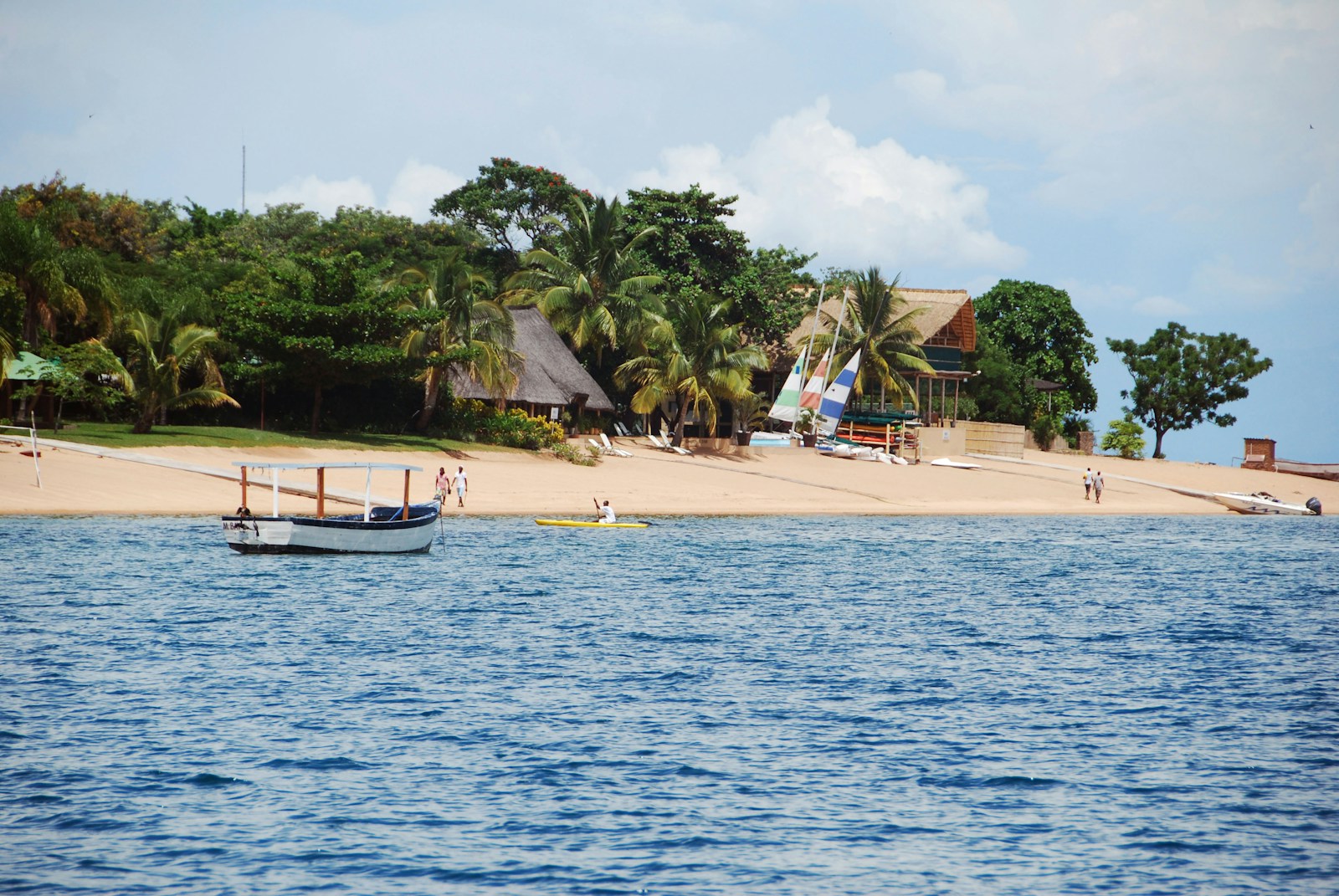The conversation at 7 PM Bangkok time brings together two leading voices to explore Myanmar’s complex crisis more than four and a half years after the February 2021 coup. With Richard Horsey from the International Crisis Group and Mon Mon Myat, journalist and peace studies instructor, this session will examine how the armed conflict, shifting power dynamics, and evolving media environment continue shaping the country’s trajectory.
Event Overview
This digital event will offer a detailed account of how Myanmar’s political crisis and conflict landscape have evolved since 2021. It will cover the military’s consolidation of power, the coordination (and fragmentation) of resistance groups, and how censorship and new forms of citizen reporting are playing out on the ground.
Main Themes
1. Armed Conflict & Security Dynamics
Myanmar today remains deeply fractured. Multiple regions—particularly in the north, east, and south—have turned into persistent battle zones. Armed resistance groups, including People’s Defence Forces and ethnic militias, are operating independently in many cases. At the same time, competition between these groups and the military regime is intensifying, drawing in civilians and raising humanitarian concerns.
- Territorial fragmentation: shifting control among junta forces, ethnic armed groups, and civilian militias.
- Resistance cooperation and fragmentation: efforts at unifying People’s Defence Forces with ethnic groups remain uneven.
- Humanitarian impact: displacement, food insecurity, infrastructure collapse, and refugee flows into neighboring states.
2. Political Fault Lines & Governance
The military regime has moved to consolidate authority through a mix of force and political maneuvers. Meanwhile, the opposition remains active, both within internal networks and in exile. The international community has responded with targeted sanctions and diplomatic pressure, although Myanmar continues to maintain limited economic relations and regional partnerships.
- Junta legitimacy efforts: pseudo-constitutional structures, sham elections, and elite co-optation.
- Opposition leadership: figures in exile collaborating with grassroots movements inside the country.
- Sanctions and diplomacy: international pressure balanced against regional strategic interest.
- Community organizing: ethnic and civil society groups forging new alliances.
3. Media, Information Control & Resistance Narratives
Myanmar’s communication environment has been reshaped by stringent censorship, network shutdowns, and arrests of journalists. In response, citizens and independent reporters have turned to encrypted messaging, social media, and informal media hubs to share information and evidence of human rights abuses.
- State suppression: repetitive internet blackouts, arrest of journalists, and control of broadcast networks.
- Citizen journalism: whistleblowing via messaging apps, photo-sharing tools, and community-based platforms.
- Propaganda vs counterpoints: how the military and resistance actors compete to influence both local and global narratives.
Why Attend This Session?
Attending this live discussion provides unique access to expert analysis from individuals closely engaged with Myanmar’s ongoing crisis—from diplomatic, journalistic, and academic viewpoints. Whether you’re interested in policy, media freedom, conflict resolution, or Southeast Asia affairs, this event offers a rare opportunity for clarity on intricate developments.
Target Audience
This program is relevant for:
- Policy-makers and analysts focused on Southeast Asian security and governance.
- Journalists and media professionals investigating information control and grassroots reporting under authoritarian constraint.
- Civil society actors, educators, and students studying peacebuilding, ethnic conflict, and political transitions.
- The general public wishing to deepen their understanding of complex global crises.
General Conclusion
More than four and a half years after the 2021 coup, Myanmar remains locked in a tragic cycle of conflict, repression, and information manipulation. Despite attempts by the military to assert control through force and propaganda, pockets of organized resistance—both armed and civilian—continue to confront the regime. At the same time, independent journalists and ordinary citizens defy censorship through encrypted messaging, social networks, and underground reporting.
This session offers essential insights into how political power, media control, and armed resistance intersect in Myanmar’s evolving crisis. Understanding these dynamics is not only critical for international actors and regional stakeholders but also for anyone committed to supporting free information flows and human rights. We invite you to join this comprehensive dialogue and deepen your perspective on Southeast Asia’s most urgent flashpoint.
for more information please visit our website africaheritagevoice.com




